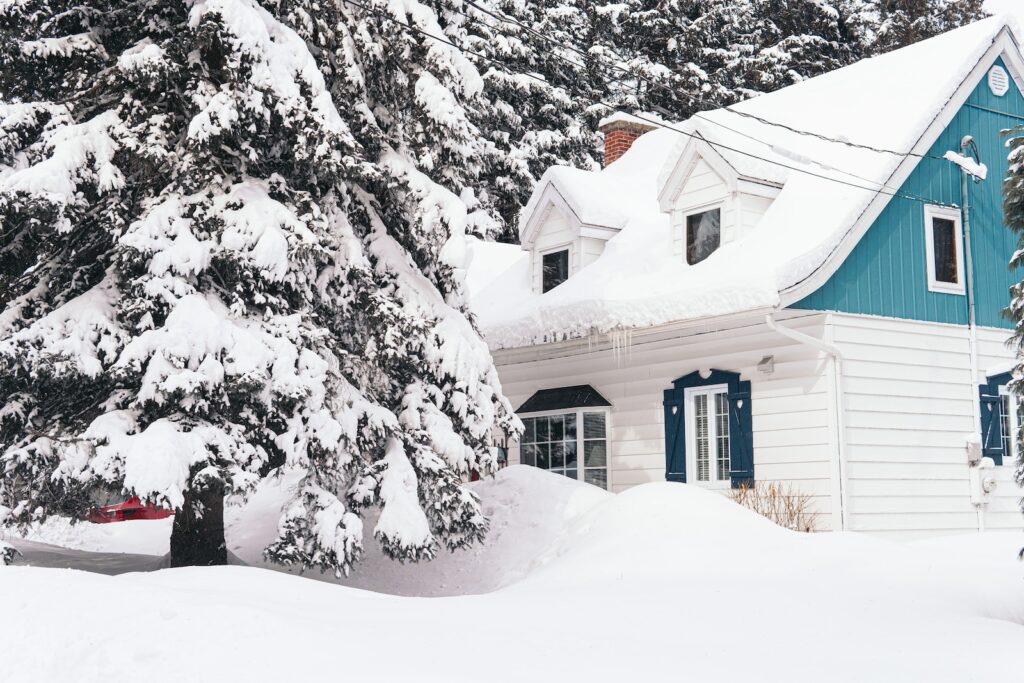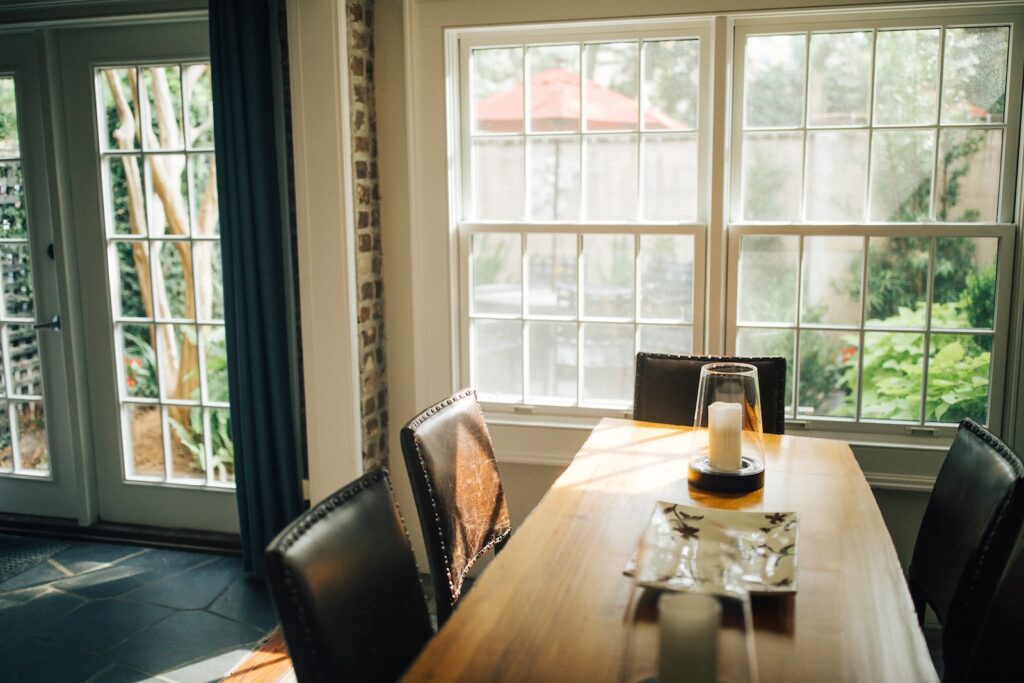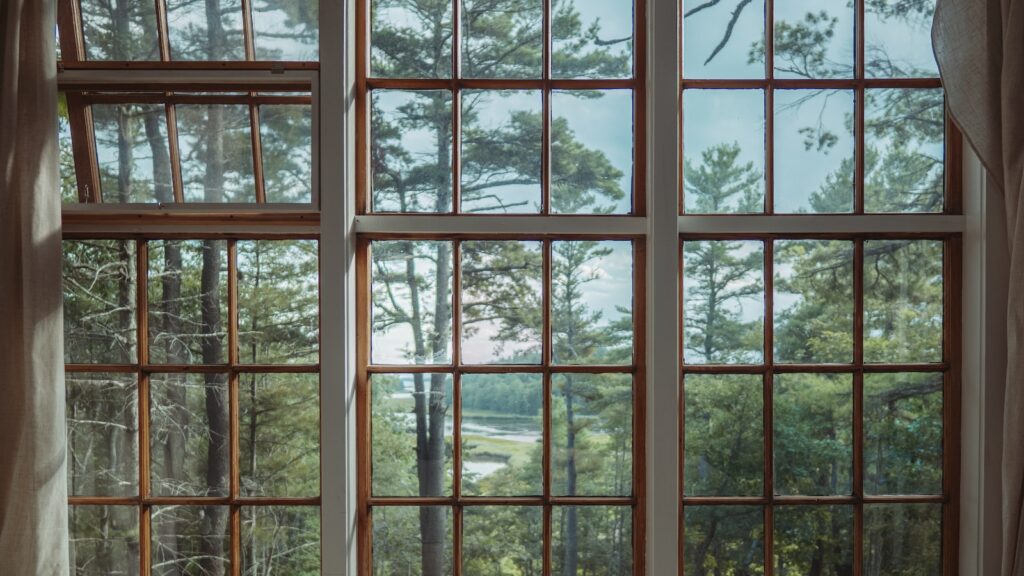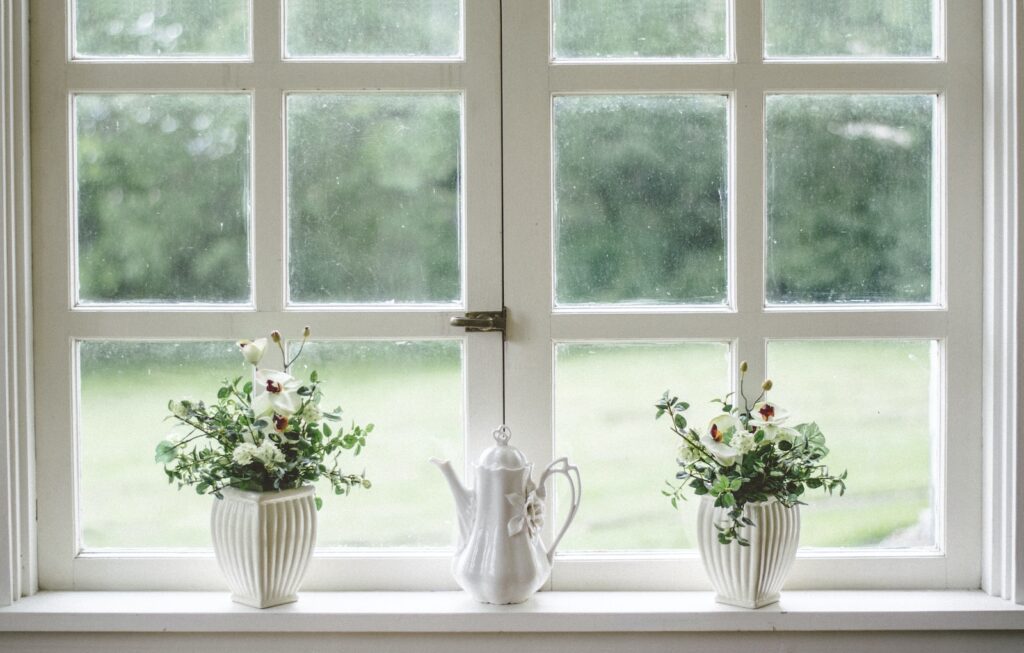Winter is here and with it comes the need to keep your home warm and cozy. If you’re considering replacing your windows, you may be wondering if it’s possible to do so during the winter months. The short answer is yes, but there are some important factors to consider before taking on this task.
Firstly, it’s important to note that replacing windows in the winter can be more challenging due to the colder temperatures. This can make it more difficult for the sealant and adhesive to properly bond, which could result in air leaks and drafts. However, with the right precautions and expertise, it is still possible to successfully replace windows during the winter months. Read on to learn more about the best practices for replacing windows in the winter and how to ensure a successful installation.
Is It Possible To Replace Windows in the Winter?
When it comes to replacing windows, many homeowners are hesitant to do it in the winter. After all, the cold weather can be uncomfortable, and it may seem like an inconvenient time to undertake a home improvement project. However, there are some benefits to replacing windows during the winter months. In this article, we’ll explore whether it’s possible to replace windows in the winter and what the pros and cons of doing so are.
Pros of Replacing Windows in the Winter
Replacing windows during the winter can have some advantages. For one, it can be easier to schedule a window replacement during the winter because many contractors are less busy during this time of year. Additionally, if you replace your windows in the winter, you’ll be able to enjoy the benefits of new windows sooner. New windows can help improve energy efficiency, which can result in lower heating bills. They can also improve the overall appearance of your home and increase its value.
However, it’s important to keep in mind that replacing windows in the winter can be more challenging than doing so during other times of the year. For example, if there’s snow on the ground, it can be difficult to move materials and equipment around your property. Additionally, if the temperature drops too low, it may not be possible to install windows at all.
Cons of Replacing Windows in the Winter
There are also some downsides to replacing windows in the winter. For one, it can be uncomfortable for the installers to work in cold weather. They may need to take more breaks to warm up, which can slow down the installation process. Additionally, if you have pets or young children, it may be more difficult to keep them away from the work area if you’re replacing windows in the winter.
Another thing to keep in mind is that if you’re replacing windows in the winter, you may need to take extra steps to protect your home from the cold. For example, you may need to cover furniture and other items near the windows to prevent them from getting damaged during the installation process. You may also need to use space heaters or other methods to keep your home warm while the windows are being replaced.
Other Considerations
If you’re thinking about replacing your windows in the winter, there are a few other things to keep in mind. For one, you should make sure that the contractor you hire has experience working in cold weather conditions. They should be familiar with the types of materials and equipment that are best suited for winter installations.
You should also make sure that you choose the right windows for your home. Windows that are designed for cold weather climates are typically better suited for winter installations. They may have features like double-paned glass, low-E coatings, and insulated frames that can help keep your home warm and comfortable.
Conclusion
In conclusion, it is possible to replace windows in the winter, but there are pros and cons to doing so. While you may be able to schedule a window replacement more easily during the winter and enjoy the benefits of new windows sooner, it can be more challenging to install windows in cold weather conditions. Ultimately, the decision to replace your windows in the winter will depend on your personal preferences and circumstances. If you’re unsure whether a winter installation is right for you, it’s always a good idea to consult with a professional window installer who can help you make an informed decision.
Frequently Asked Questions
Replacing windows in the winter can be a concern for some homeowners. Here are some common questions and answers to help you understand the process.
What Are the Risks of Replacing Windows in the Winter?
Replacing windows in the winter can be risky because of the cold temperatures. The caulking and sealants used to install the windows may not set properly and can cause air leaks. Additionally, temperature changes can cause the windows to expand and contract, which can lead to cracks or damage.
However, with the right installation techniques and materials, it is possible to replace windows in the winter without any issues. It is important to work with a professional who has experience with winter installations to ensure the job is done correctly.
What Should You Consider Before Replacing Windows in the Winter?
Before replacing windows in the winter, you should consider the weather conditions and the type of windows you want to install. If you live in a particularly cold area, it may be best to wait until the weather warms up to prevent any issues with installation.
You should also consider the type of windows you want to install. Some windows, such as vinyl or fiberglass, are better suited for winter installations than others. It is important to speak with a professional to determine the best options for your home.
What Are the Benefits of Replacing Windows in the Winter?
Replacing windows in the winter can offer several benefits, including increased energy efficiency and improved comfort. New windows can help to reduce energy costs by preventing heat loss and air leaks, which can be especially important during the winter months.
Additionally, new windows can help to improve the overall comfort of your home by reducing drafts and improving insulation. This can help to create a more comfortable living environment for you and your family.
How Long Does It Take to Replace Windows in the Winter?
The time it takes to replace windows in the winter can vary depending on several factors, including the size of the project and the type of windows being installed. However, most winter installations can be completed in a day or two.
It is important to work with a professional who can provide a timeline for the project and ensure that the installation is done correctly.
What Should You Do to Prepare for Window Replacement in the Winter?
To prepare for window replacement in the winter, you should ensure that the area around the windows is clear and accessible. This may include moving furniture or other items out of the way to provide space for the installation.
You should also ensure that your home is adequately heated to prevent any issues with the installation process. It is important to speak with your installer to determine any other steps you should take to prepare for the project.
Can you install windows & doors in the winter time?
In conclusion, replacing windows in winter is possible, but it comes with some challenges. The cold temperatures and potential snowfall can make the process more difficult, but with the right tools and precautions, it can be done successfully.
Before starting the project, make sure you have all the necessary materials and tools, including proper insulation and sealants. Hiring a professional is also a good idea as they have the expertise and experience to handle the job safely and efficiently.
Overall, if you need to replace your windows in the winter, it is possible, but it is important to take the necessary steps to ensure a successful and safe installation. With the right preparation and help, you can update your home’s windows and enjoy the benefits of improved energy efficiency and aesthetics.



